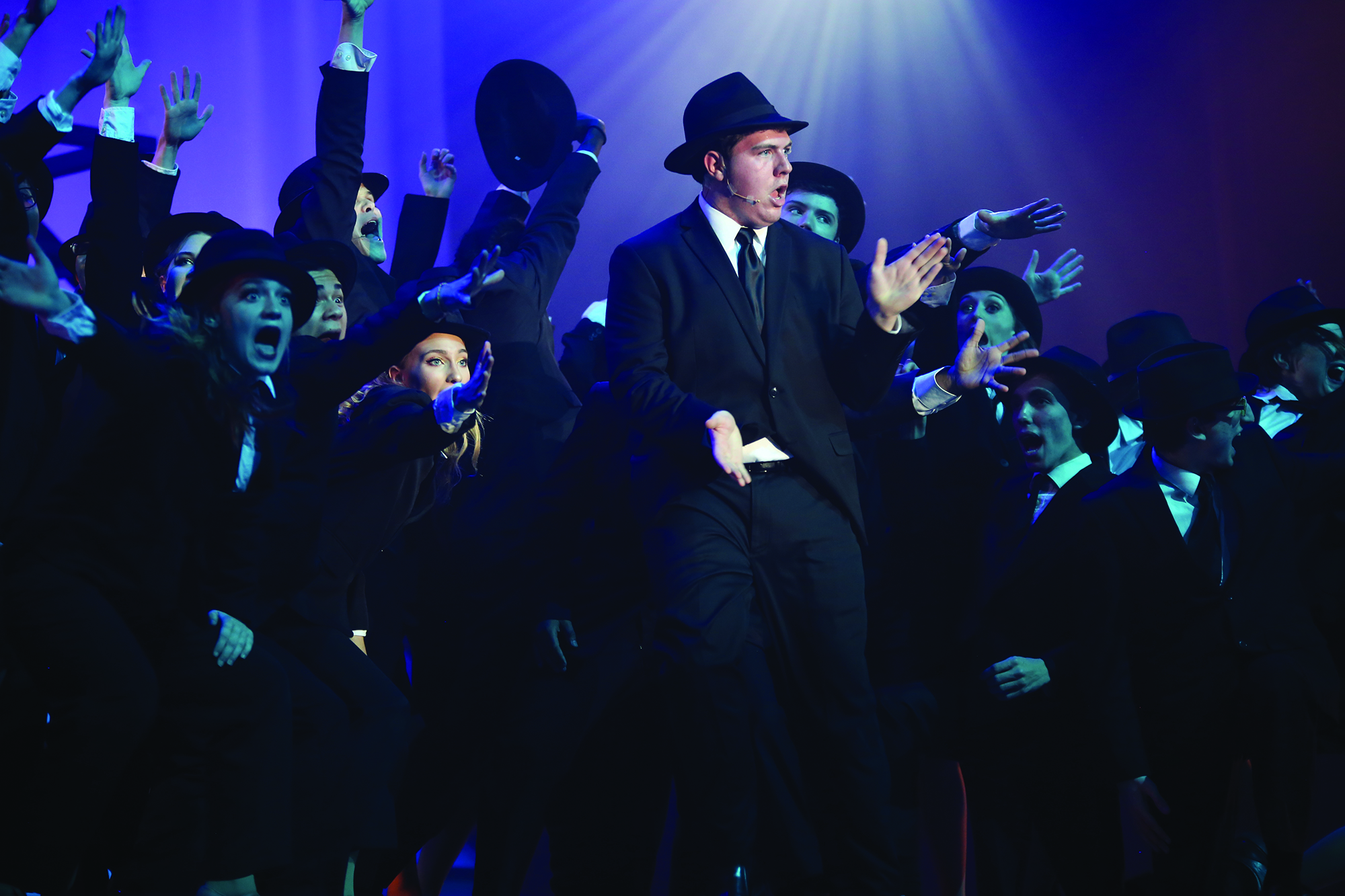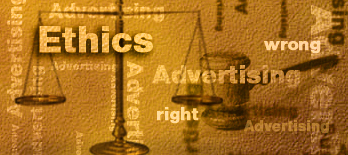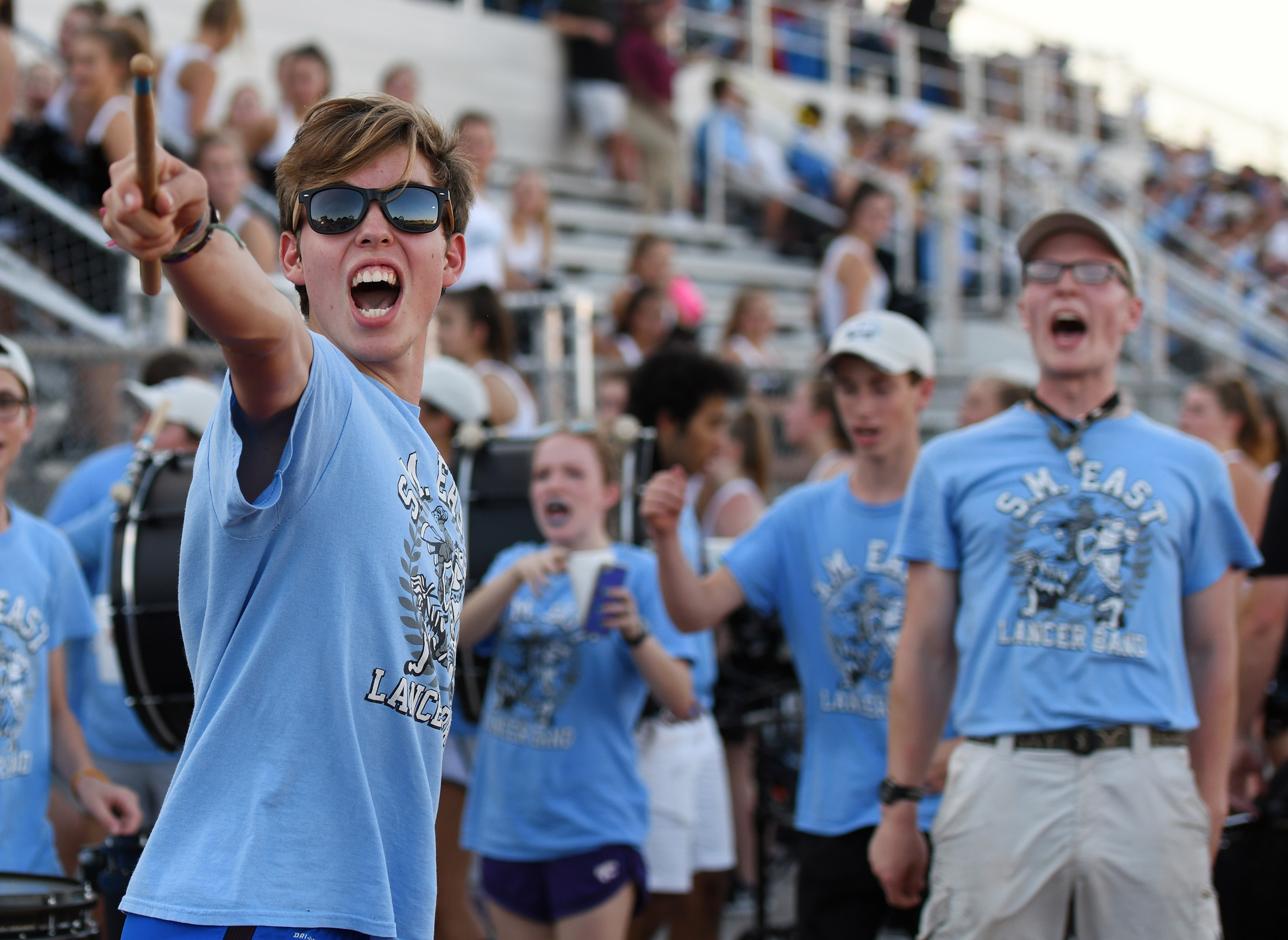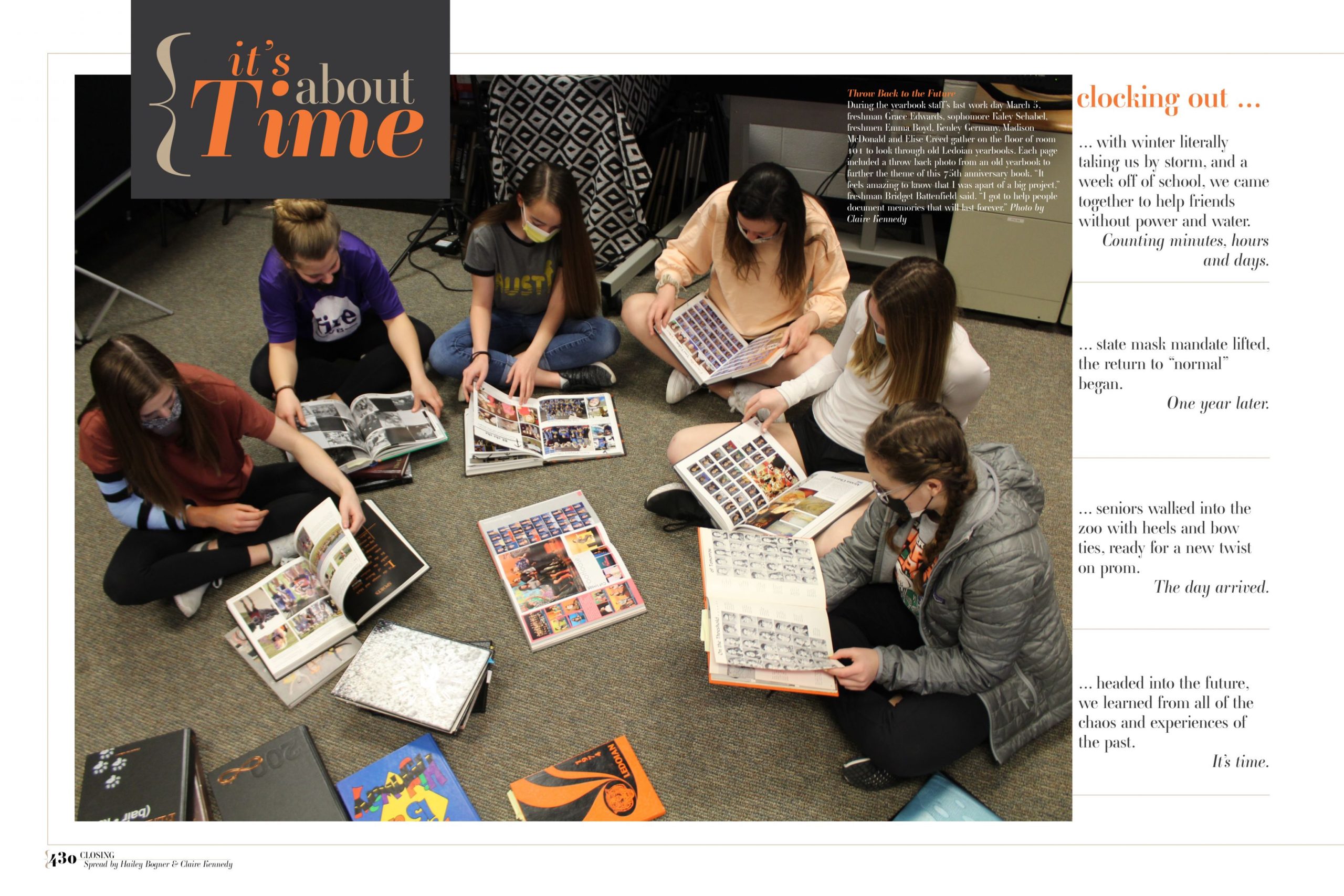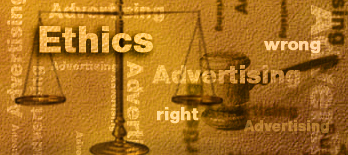I used to have a recurring yearbook nightmare – that when I died, every word in the 35 yearbooks I advised that was not completely accurate would turn red and would expose how much students made up. To avoid that potential embarrassment, I tried to create a culture with my staff that championed the essential importance of having journalistic integrity …
Many yearbooks depend upon advertising revenue to sustain financial integrity. It is important they have policy that guides business operations, advertising content decisions and ethical judgments.
For yearbook students and advisers, awareness of legal issues is essential in balancing rights with responsibilities. They need to know media law and how to find out more about media law.
STEP 1 -Determine if the issue will be covered by considering the following points:
A yearbook editor I knew was proactive in guarding against ethical abuse practiced by anyone on the publication staff. On the first day of school, she had each staff member complete a questionnaire, and she reviewed the answers at each deadline when copy and layouts were submitted.
Sometimes, having the law on your side is not enough. You also may need to be proactive toward possible adversaries.
For example, let’s say you plan a yearbook feature about leisure activities, and you want to include an action photo of a student who is hunting. He’s pointing a gun, and you know that your principal may take issue with the coverage – a student using a weapon in the school yearbook.
In journalism class and on the yearbook staff, cover ethics first.
While understanding law – copyright, libel, invasion of privacy, obscenity, business issues, students’ rights – is important, good ethics help curb abuse of rules and the law and guide staff behavior toward noble goals. Ethics are the key in balancing student rights with responsibilities and respect.
It’s a fact of life – students die. So do teachers. It is an emotional time for any school. But for publication staffs, emotions cannot rule your decisions. Your staff needs a clear policy so that all school deaths are handled equally, avoiding questions of favoritism.
Much teaching time in photography – especially on the high school level – is spent on looking for the right moment to shoot. But examining the fl ip side of that concept – what not to shoot – may be just as helpful in pursing good images, so that photographers understand what does not work, what has been overused or what may put us on shaky ground legally or ethically.
What do you mean Bubba won’t be in the football team picture?” screamed the angry father. “He was the team. Without him there would have been no postseason play. No championship. No Coach of the Year. No, no…”

